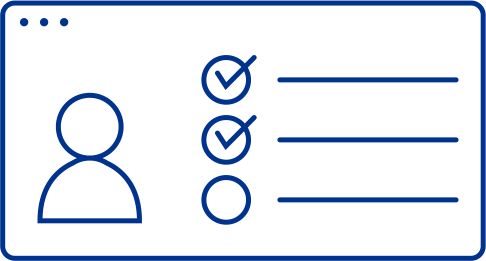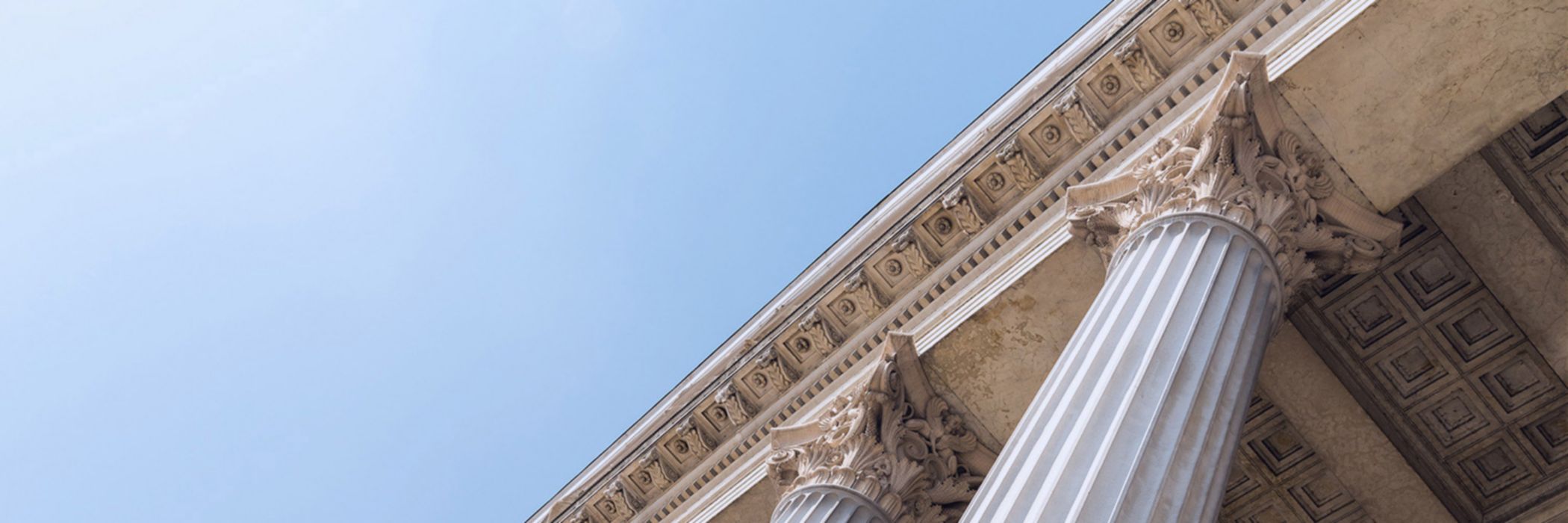On March 4, 2025, the Federal Court of Appeal is scheduled to hear the appeal and cross-appeal of the Tax Court of Canada’s decision in Vefghi Holding Corp. v. The King, 2023 TCC 135. This case will decide when two corporations in a “trust sandwich” must be connected, such that a dividend paid to the corporation at the top of the sandwich will not attract Part IV tax. This appeal will also determine the fate of a published CRA View (2020-0845821C6 – Part IV tax and trust).
Facts
This case involved two corporate taxpayers (“Beneficiary Corporations”) and trusts (“Trusts”) with similar structures. In each case:
- The payer corporation (“Payer Corporation”) declared dividends in favour of the Trust
- The Trust sold the shares of the Payer Corporation to arm’s length purchasers and relinquished control of the Payer Corporation
- The Trust allocated income in favour of the Beneficiary Corporation
- In filing its income tax returns, the Trust designated amounts to be taxable dividends received by the Beneficiary Corporation
In both cases, the Beneficiary Corporation did not report any Part IV tax on the dividend designated by the Trust.

The main difference between the Vefghi Corp. and the S.O.N.S. scenarios is that S.O.N.S. did not have a calendar taxation year, whereas Vefghi Corp. and the Trusts had a calendar taxation year.
Vefghi Corporation
Consultant Inc. (the Payer Corporation) declared a $1.3M dividend on July 1, 2015, on its shares held by the Vefghi Trust. On the same day, the Vefghi Trust sold its shares of Consultant Inc. to an unrelated purchaser. Also on the same day, the Vefghi Trust declared an income allocation in the amount of the dividend to Vefghi Corp. (the Beneficiary Corporation). The Vefghi Trust designated an amount of $1.3M to be a taxable dividend received by Vefghi Corp. on the Consultant Inc. shares in its income tax return for the Trust’s taxation year ended December 31, 2015. Vefghi Corp. reported the $1.3M as a taxable dividend and included the amount in income in its taxation year also ended December 31, 2015. Vefghi Corp. determined that it had no liability for Part IV tax under the Income Tax Act (the “Act”).1
S.O.N.S.
Environmental Corp. (the Payer Corporation) paid a $1.968M dividend on June 30, 2015, on its shares held by the Mate Trust. On July 1, 2015, the Mate Trust sold its shares of Environmental Corp. to an unrelated purchaser and the Mate Trust declared an income allocation of $1.967M (slightly less than the total dividend received) to S.O.N.S. (the Beneficiary Corporation), which had an August 31 taxation year-end. The Mate Trust designated an amount of $1.967M to be a taxable dividend received by S.O.N.S. on the Environmental Corp. shares in its income tax return for the Trust’s taxation year ended December 31, 2015. In turn, S.O.N.S. reported the $1.967M as a taxable dividend and included the amount in income in its taxation year ended August 31, 2015. S.O.N.S. determined that it had no liability for Part IV tax under the Act.
The Minister of National Revenue reassessed both Beneficiary Corporations for Part IV tax on the dividends received from the Trusts.
Issue
The issue was whether each Beneficiary Corporation was connected with the relevant Payer Corporation such that Part IV tax did not apply. The dispute arose because the taxpayers and the Crown took different positions with respect to the point in time that the Beneficiary Corporation and Payer Corporation must be connected in order to prevent Part IV tax from applying. The Tax Court answered this question under Rule 58 of the Tax Court of Canada Rules, which is a process that allows the Tax Court to answer a question without a full hearing of the appeal.
Legal framework
Amounts received by a beneficiary from a trust are generally income from property that is a trust interest. However, where a dividend received by a trust is designated to a beneficiary and the relevant conditions are satisfied, subsection 104(19) deems the beneficiary to have received a dividend on the same shares. One benefit of this treatment is that subsection 104(19) retains the character of taxable dividends and allows a corporate beneficiary to claim a dividend deduction under section 112.
Another implication of the dividend treatment is that a private corporation receiving a dividend may be subject to Part IV tax under subsection 186(1). However, Part IV tax does not apply to dividends received by a private corporation from a corporation that it is connected with. This case is about when the determination of connectedness is made when a dividend is designated by a trust.
Crown’s position
The Crown argued that the relevant time to determine when the two corporations are connected is when the recipient receives a dividend. Such receipt can only occur at the Trust’s taxation year-end as a result of a deeming rule in subsection 104(19), which reads “[a] portion of a taxable dividend received by a trust, in a particular taxation year of the trust, on a share of the capital stock of a taxable Canadian corporation is … deemed to be a taxable dividend on the share received by a taxpayer, in the taxpayer's taxation year in which the particular taxation year ends…”. In the Crown’s interpretation, neither Beneficiary Corporation was connected with the respective Payer Corporation at the relevant time.

Taxpayer’s position
In contrast, the taxpayers argued that connectedness is determined for the purposes of Part IV tax when the Payer Corporation declares or pays the dividend. In the alternative, if connectedness is tested at the time when the Beneficiary Corporation is deemed to receive the dividend under subsection 104(19), the taxpayers argued that the Beneficiary Corporation is deemed to receive the dividend when the Trust received the dividend. Under both of the taxpayer’s arguments, both Beneficiary Corporations were connected with the respective Payer Corporation at the relevant time (the date when the Payer Corporation paid and the Trust received the dividend).

Tax Court of Canada's decision
The Tax Court did not fully adopt either party’s interpretation. Referring to subsections 186(1) and (3), the Tax Court found that the specific point in time for determining whether two corporations are connected is the point in time that the dividends are received by the corporation potentially liable for the Part IV tax.
Turning to the trust deeming rules, the Tax Court noted that subsection 104(19) creates a legal fiction by deeming a taxpayer who is a beneficiary of a trust to have received dividends that were, as a question of fact, received by the trust. Subsection 104(19) of the Act deems a beneficiary to receive a dividend in its taxation year that includes the year-end of the trust following the dividend. Importantly, that provision does not state what specific point in that taxation year the dividend is received.
Unless the deeming rule specifically results in the dividend being received at a different point in time (i.e., in a taxation year of the Beneficiary Corporation that does not include the date when the Trust received the dividend), then the dividend is received by a Beneficiary Corporation on the same date as the date that it was received by the Trust.

Applying the Tax Court’s framework to the facts leads to the conclusion that Vefghi Corp. and Consultant Inc. were connected at the relevant time (on receipt of the dividend) whereas S.O.N.S. and Environmental Corp. were not connected at the relevant time, as shown in the final diagrams below:


Appeal and cross-appeal to be decided
The Crown appealed the Tax Court decision and the taxpayers cross-appealed, each advancing their interpretations described above. The Federal Court of Appeal decision will likely be released in 2025 or early 2026.
- Unless otherwise noted, all statutory references in this commentary are to the Income Tax Act.
Connect with us
Stay up to date with what matters to you
Gain access to personalized content based on your interests by signing up today
Connect with us
- Find office locations kpmg.findOfficeLocations
- kpmg.emailUs
- Social media @ KPMG kpmg.socialMedia


